Death of a star! Awesome tech helps NASA wind back the clock from 160,000 light years away
Astronomers have narrowed the timeline of a distant star's explosive demise with the help of NASA's Hubble Space Telescope and Chandra X-ray Observatory.
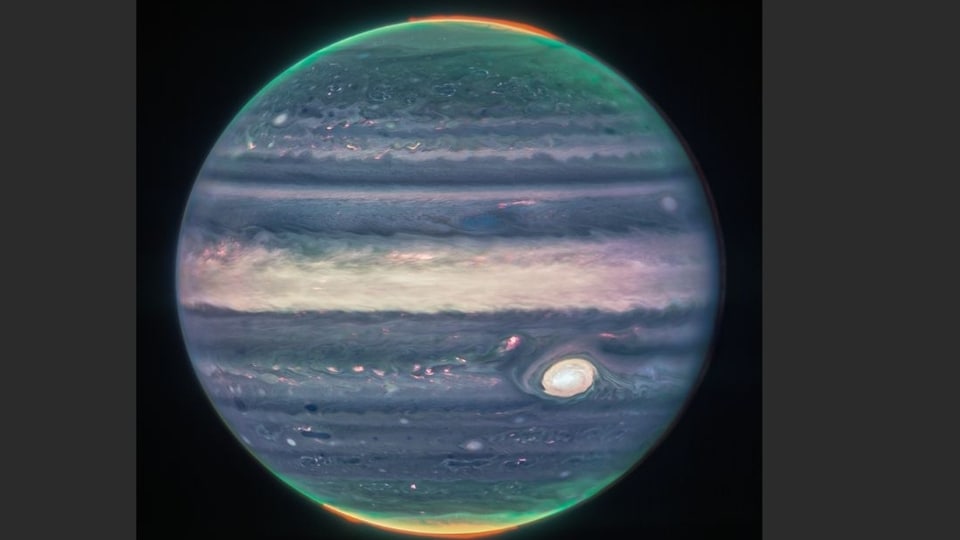
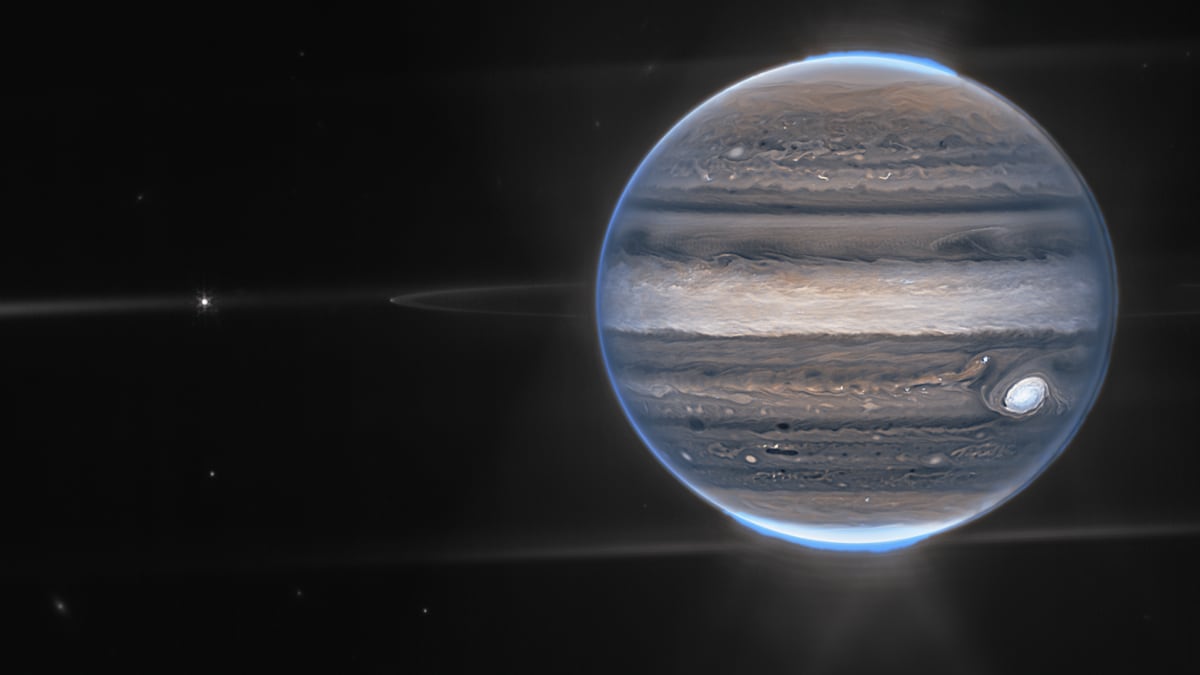
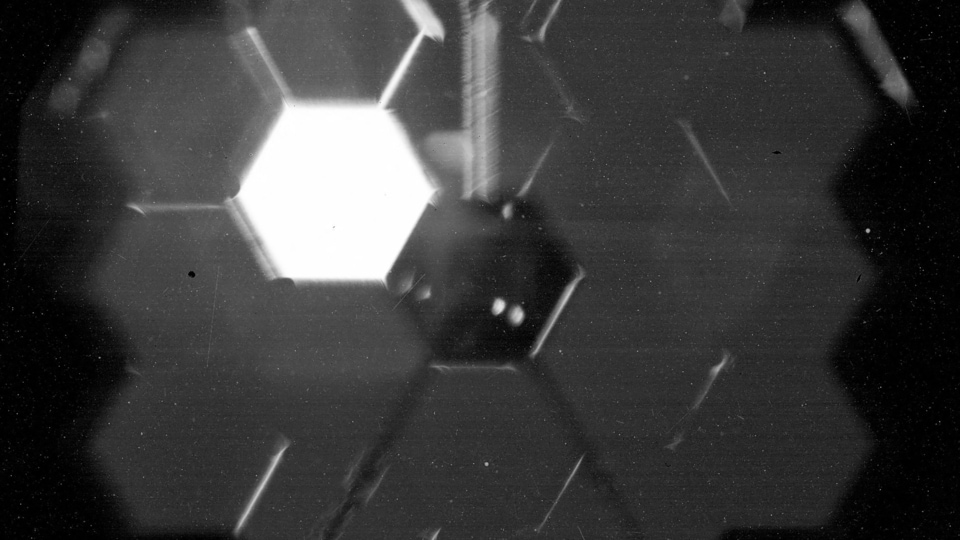
_1661230453587.jpg)
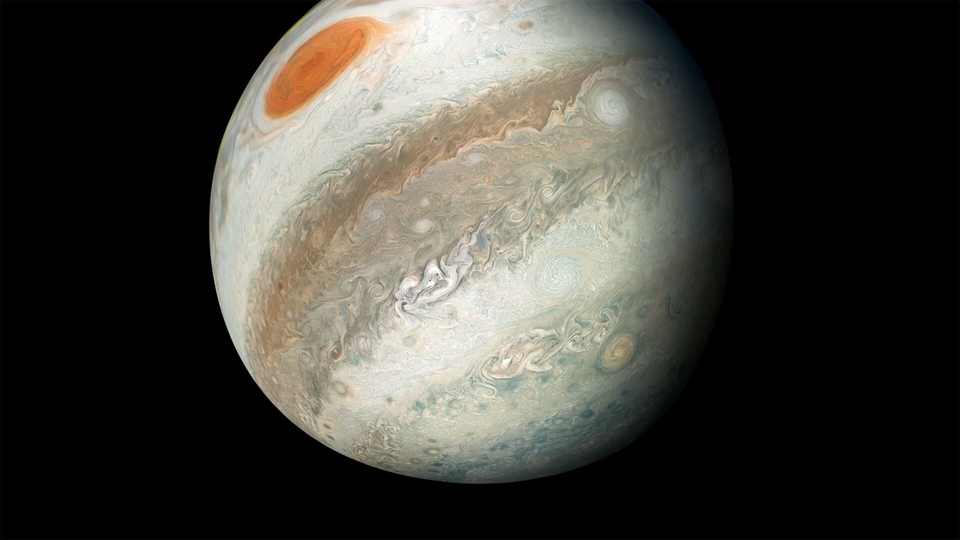
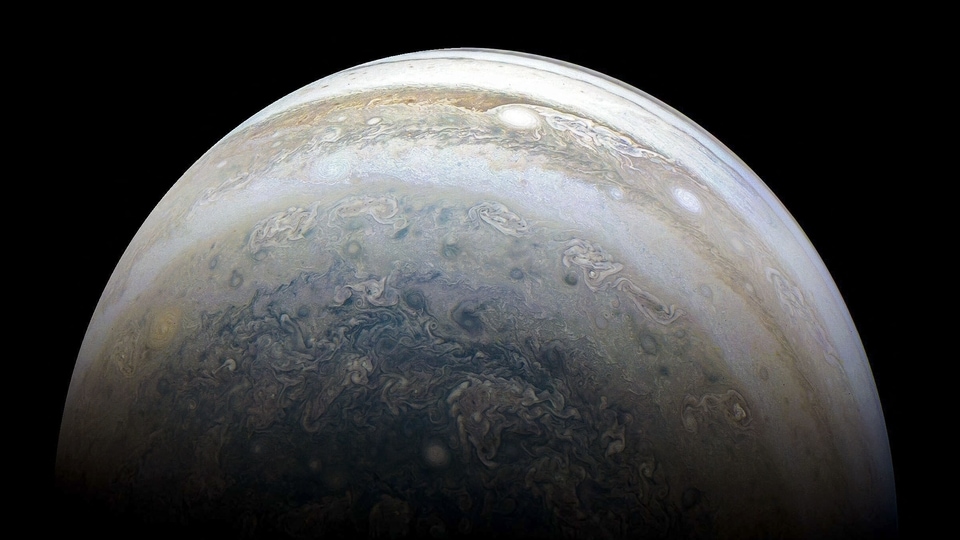
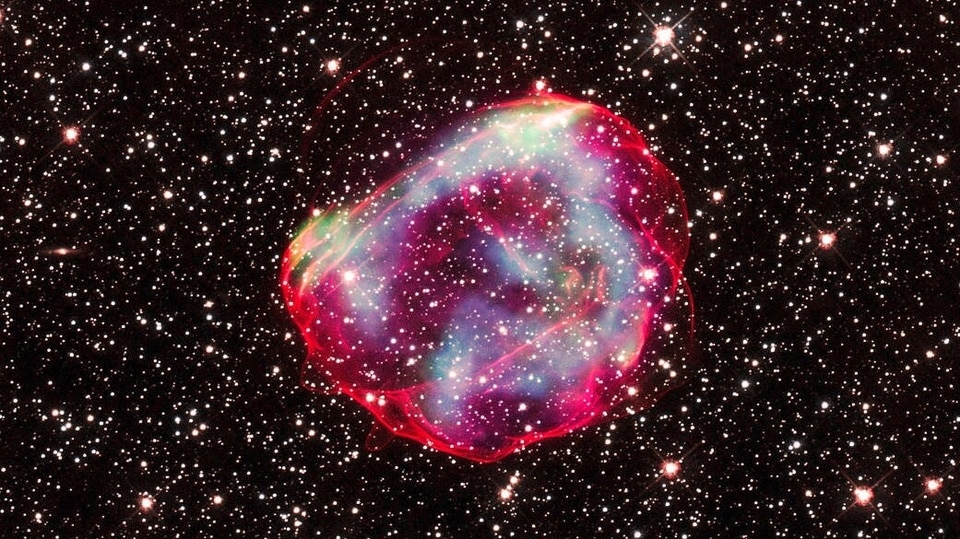
 View all Images
View all ImagesHave you heard of stars exploding? Yes, the stars in the Milky Way and nearby galaxies do explode and astronomers have even seen the debris from scores of exploded stars. However, it is very difficult to determine or find out the timeline of the star's demise. But now NASA has informed that by studying the spectacular remains of a supernova in a neighboring galaxy using NASA telescopes, a team of astronomers has found enough clues to help wind back the clock.
"By combining data from @ChandraXray, @NASAHubble, and the retired Spitzer Space Telescope astronomers have narrowed the timeline of a distant star's explosive demise. Here's how researchers “wound back the clock” from 160,000 light years away," NASA tweeted. According to the information, the supernova remnant called SNR 0519-69.0 is the debris from an explosion of a white dwarf star.
"After reaching a critical mass, either by pulling matter from a companion star or merging with another white dwarf, the star underwent a thermonuclear explosion and was destroyed. Scientists use this type of supernova, called a Type Ia, for a wide range of scientific studies ranging from studies of thermonuclear explosions to measuring distances to galaxies across billions of light-years," the research organisation said.
By combining data from @ChandraXray, @NASAHubble, and the retired Spitzer Space Telescope astronomers have narrowed the timeline of a distant star's explosive demise.
— NASA (@NASA) September 13, 2022
Here's how researchers “wound back the clock” from 160,000 light years away: https://t.co/CNBWeNIWN8 pic.twitter.com/wFQmR2vGF2
It further states that SNR 0519 is located in the Large Magellanic Cloud, a small galaxy 160,000 light-years from Earth. Astronomers combined the data from NASA's Chandra X-ray Observatory and Hubble Space Telescope with data from NASA's retired Spitzer Space telescope to determine how long ago the star in SNR 0519 exploded and learn about the environment the supernova occurred in.
This data provides scientists a chance to rewind the movie of the stellar evolution that has played out since and figure out when it got started. The researchers compared Hubble images from 2010, 2011, and 2020 to measure the speeds of material in the blast wave from the explosion, which range from about 3.8 million to 5.5 million miles (9 million kilometers) per hour.
If the speed was toward the upper end of those estimated speeds, the astronomers determined that light from the explosion would have reached Earth about 670 years ago, or during the Hundred Years' War between England and France and the height of the Ming dynasty in China.
However, it's likely that the material has slowed down since the initial explosion and that the explosion happened more recently than 670 years ago. The Chandra and Spitzer data provide clues that this is the case. Astronomers found the brightest regions in X-rays of the remnant are where the slowest-moving material is located, and no X-ray emission is associated with the fastest-moving material.
These results imply that some of the blast wave has crashed into dense gas around the remnant, causing it to slow down as it traveled. Astronomers may use additional observations with Hubble to determine more precisely when the time of the star's demise should truly be set.
Did you know?
NASA's Hubble Space Telescope is a project of international cooperation between NASA and ESA. The Telescope's mirror-based optical system collects and focuses light from the universe to be analyzed by science and guidance instruments. The optical system, called the Optical Telescope Assembly (OTA), gives Hubble a unique view of the universe by gathering infrared, visible and ultraviolet light. However, it has been upstaged by the newer and more powerful James Webb Space Telescope.
Catch all the Latest Tech News, Mobile News, Laptop News, Gaming news, Wearables News , How To News, also keep up with us on Whatsapp channel,Twitter, Facebook, Google News, and Instagram. For our latest videos, subscribe to our YouTube channel.
































